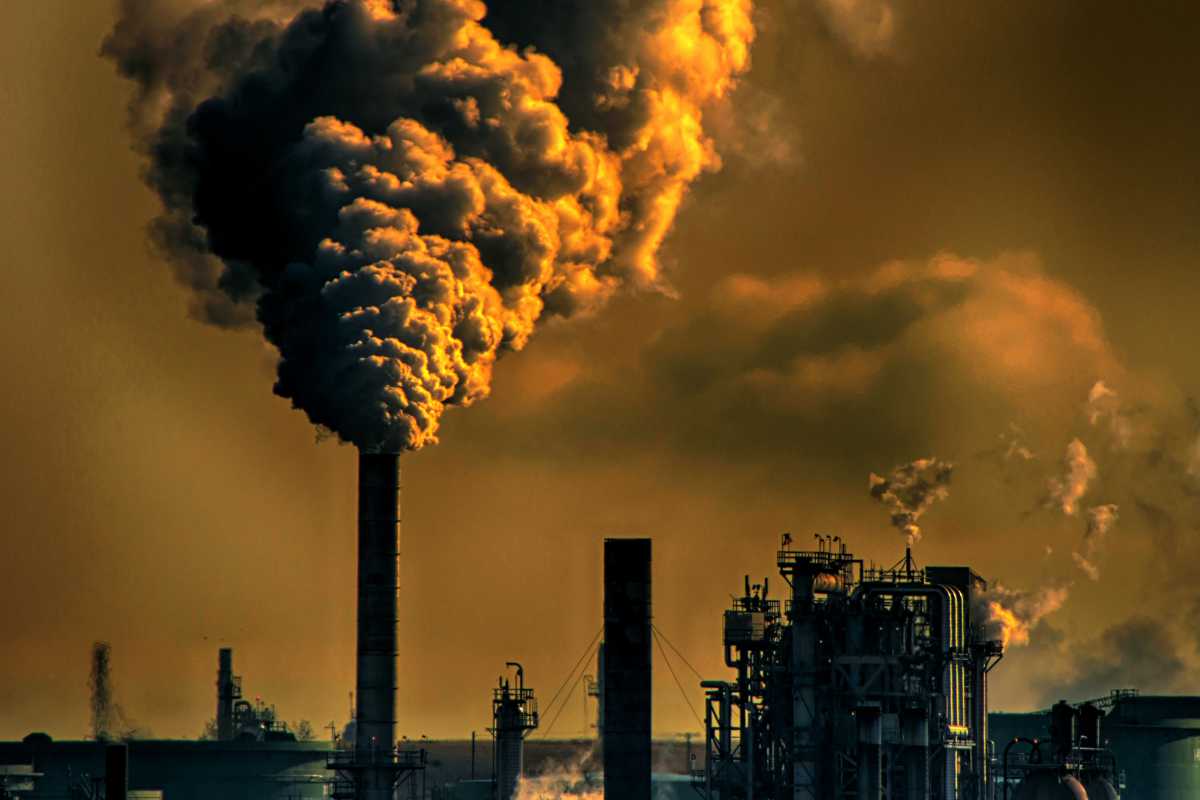
The World Health Organization tightened them up considerably yesterday. And that means there is a lot of work to be done. Also for the Netherlands.
But it’s worth all the effort. Because if the new guidelines are followed worldwide, millions of lives will be saved.
More knowledge
The last time the World Health Organization (WHO) revised air quality guidelines was in 2005. But over the past 15 years, research has given us a much better idea of the massive impact air pollution has on our health. And what those studies have made particularly clear is that air pollutants can be very harmful even in lower concentrations – lower than the limit values recommended by the WHO in 2005.
No longer adequate
This means that the guidelines drawn up by the WHO in 2005, based on those new insights, were no longer sufficient. And that’s why the World Health Organization has decided to revise the guidelines. This did not happen overnight; Scientists already started in 2015 to bring together and analyze all (recent) scientific literature on the six most important pollutants – particulate matter (PM2.5 and PM10), ozone, nitrogen dioxide, sulfur dioxide and carbon monoxide. And based on this, it was ultimately decided to considerably tighten up the guidelines for these pollutants.
To startle
And it is a bit of a shock, those new guidelines, Gerard Hoek acknowledges. He has been researching the effects of air pollution for twenty years and was involved in the research that resulted in the new WHO guidelines. “The new guidelines will be quite shocking to many. For example, the guideline for particulate matter (PM2.5, ed.) was ten micrograms per cubic meter and is now being adjusted to five.” And for nitrogen dioxide an even bigger leap is being made. “From forty to 10 micrograms per cubic meter.”

Image: WHO.
There’s work to be done
For many countries – including the Netherlands – such limit values are still a long way off. For example, in many places in the Netherlands, particulate matter concentrations are measured that are only just approaching the 2005 limit value. And the nitrogen concentration also leaves a lot to be desired, especially in urban areas.
Not binding
The new World Health Organization guidelines are not legally binding. It is therefore not the case that countries are obliged to meet the new limit values. But it is highly recommended. Because air pollution costs lives. It is estimated that 7 million people die prematurely each year due to poor air quality. And millions of others suffer from serious health problems due to air pollution. Among them also children, who, for example, due to substandard air quality, have to deal with aggravated asthma complaints, respiratory infections or reduced lung function. Meanwhile, adults face a higher risk of cardiovascular disease, COPD, lung cancer and stroke due to air pollution. There is also tentative evidence that air pollution increases the risk of diabetes and neurodegenerative diseases such as Alzheimer’s and Parkinson’s.
Saving lives
Armed with the new guidelines, countries could save many lives. For example, research shows that if countries meet the new guidelines for particulate matter (PM2.5), 80 percent of the deaths related to particulate matter can be prevented. Recent research has shown that particulate matter costs around 4.2 million lives worldwide every year. It means that by embracing the new guidelines we could save some 3.3 million lives on an annual basis. And not only that. Because reducing air pollution is also better for the environment and climate.
Measures
The big question now is whether governments see it that way. “I am curious what our own government, local and national, but also governments in other countries will do with the new WHO guidelines,” said Hoek. It is clear that drastic measures must be taken to meet the new guidelines. “Think of the transition to electric vehicles, phasing out fossil fuels and making the industry cleaner.” Hoek also advocates that the European Union, in line with the WHO, tighten up its now fairly flexible standards for air quality – which are legally binding. “Let’s get rid of the non-commitment.”

Air pollution is not only a problem in developed countries. Air quality is currently decreasing sharply, especially in low- and middle-income countries. It can be traced back to urbanization and economic development, which relies heavily on the combustion of fossil fuels. In low- and middle-income countries, air pollution also claims the most lives. Image: WHO.
The World Health Organization is cautiously optimistic that air quality will improve worldwide in the coming years. “We know the magnitude of the problem and we know how to solve it,” said Hans Henri P. Kluge, WHO Regional Director for Europe. The guidelines reveal where to go. It is now up to governments to actually get there.
Source material:
“New WHO Global Air Quality Guidelines aim to save millions of lives from air pollution” – WHO
“New WHO guidelines for air quality are clear” – UU
Image at the top of this article: Chris LeBoutillier via Pexels